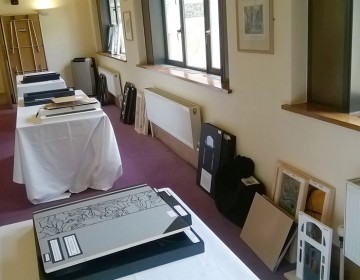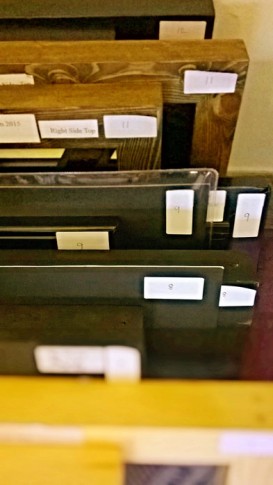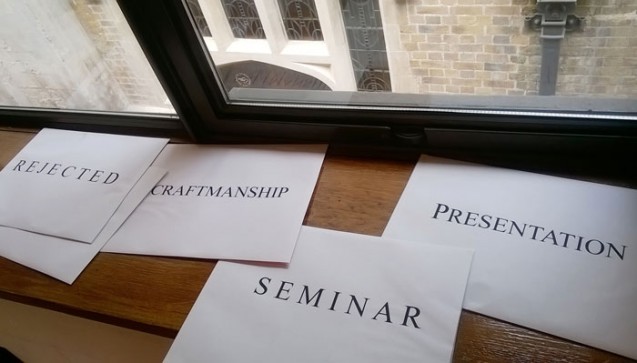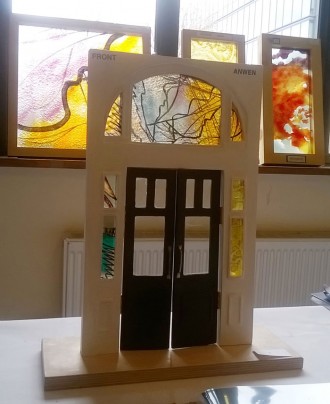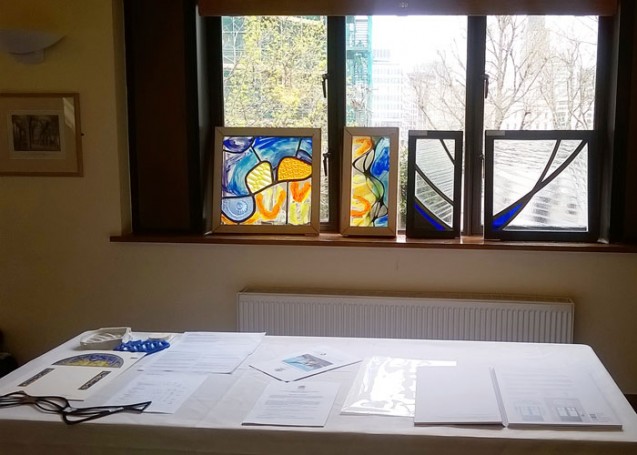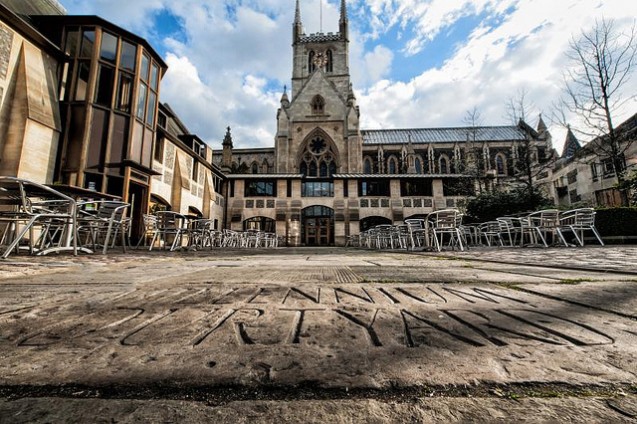
Image: londonconferencevenues.org.uk
I took the train up to London Bridge on a lovely sunny Monday morning this week to do my judging duties for the Stevens Competition. Glaziers Hall was unavailable so we had a lovely room in Southwark Cathedral Conference Centre with lots of windows to view the sample glass panels. Ironically the site where the finalist’s panels are to be installed is in a corridor with substantially less light, so this was a critical consideration from the beginning.
However as a first time judge, I had a lot of other criteria to get my head round before anything else. The four judges were given a short introduction and then we worked in half hour segments, viewing and marking 6 panels at a time. There were six criteria to assess each panel against, but before I got down to the sticky business of handing out marks or reading artists’ statements, I wanted to give each panel at least a few minutes of my undivided attention. It doesn’t seem so long ago that I was entering the Stevens Competition as a student, and I remember how much thought and effort and work went into my entries, so I really wanted to just appreciate the glass pieces on display and connect on a sensory level with the artist’s intention.
Little did I know how much time would elapse while I was being all touchy-feely and when we were given our ten minute notice, I was in a slight panic noticing that the other judges had already allotted their marks and I hadn’t even started! Needless to say I managed my time a little better with each subsequent group of entries, so by the end I had the timing down to a tee.
We judges struggled with the decision beyond the first round of judging. We were to choose a prize for craftmanship and for presentation and the debate that ensued assured me that the Glaziers Guild, who run the competition, had chosen the group of judges well – we all brought different skills and areas of interest to the table, and we had a lively discussion for both categories.
After lunch, we proceeded to the second stage of judging which had a selection of the twelve strongest panels, again shown in two groups of six. This time we discussed each panel before remarking against the same criteria, and although I am pretty sure that my marking was consistent and a second viewing merely strengthened my convictions about most of the panels, we were told that overall our second round marks showed quite some variation to the first round marking…. the group discussions had obviously engendered a lot of thought.
What was interesting was how some panels which had seemed very strong contenders to start with, did not hold the emotional connection upon further scrutiny, whereas other panels which seemed obvious on first viewing, somehow acquired more depth the longer we considered them. Inevitably at this stage we were beginning to think about the panels in situ in a long, busy corridor and these aspects started to come into play in our decision-making. The final decision was deliberated upon for quite some time, going back and forth between pairs of panels, comparing them against each other to see how they fared when either viewed up close or at a distance.
The final marks were totted up and announced to us and, despite the worry that sometimes intricate marking systems can skew the results and favour submissions that don’t inspire that gut-feeling ‘rightness’, we were all satisfied that the marking had produced the right overall decision. It was a learning curve for me for my own practice to realise that the order of importance in submitting a competition proposal is to communicate:
1. simply
2. efficiently
3. professionally
4. emotionally
5. deeply
These are the chronological stages one goes through as a judge from first viewing to decision-making, though interestingly this does not match the chronology of viewing an artwork as a spectator, for which an emotional link with the artwork is of primary importance. However, as judges, we had to consider that the final panel chosen will be made and installed in an actual site (Swansea School of Glass), and thus it was critical that we had confidence in the winner’s professionalism as well as integrity of their work.
This was one thing on which I felt many of the entries fell down. I am a terrible perfectionist so I was aware that I was applying my own high standards and expectations to a group of student work, but I left feeling rather peeved that the easiest part (by a long way) of assembling a complete competition submission – such as checking for spelling mistakes or mounting a printed piece of paper on backing card rather than shoving in a dog-eared printout – were not done. I know one is meant to look past these things, but it immediately undermines one’s confidence that the entrant will have attention to detail in the final installation if the most basic of tweaks are not made in the submission in the first place.
However this aspect will provoke a lot of discussion at the prizegiving in May when the prizewinning students are announced. It will serve well as an educational experience for those that didn’t quite make the grade this time to improve for the next time they enter a competition such as this.



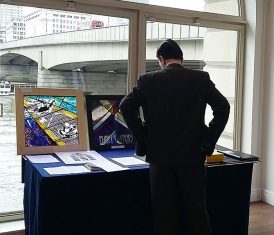
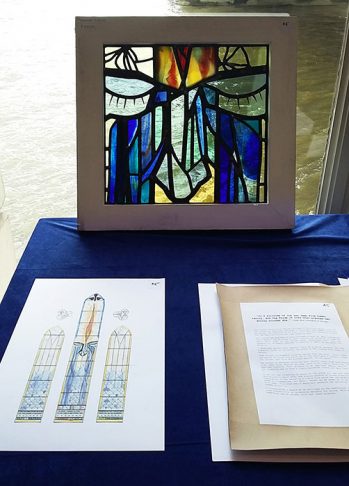
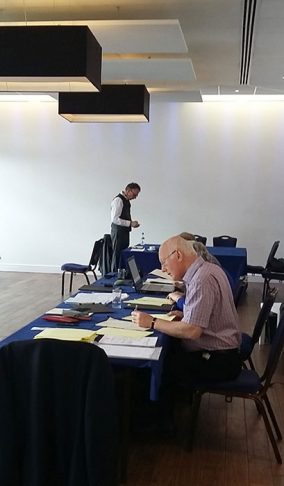
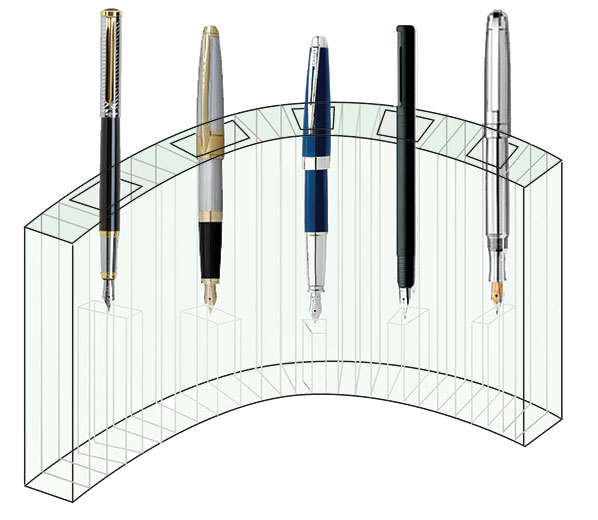
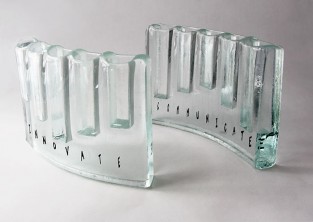
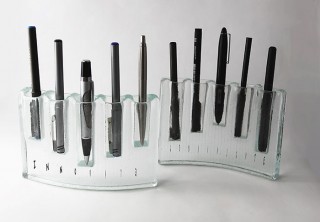

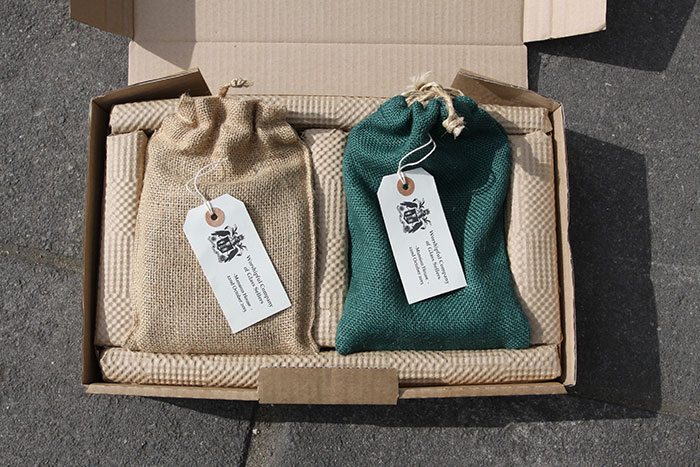 One day I will achieve it, but for now I can but dream of the day when I can think my way to an acceptable compromise without needing the pressure of a deadline!
One day I will achieve it, but for now I can but dream of the day when I can think my way to an acceptable compromise without needing the pressure of a deadline!
